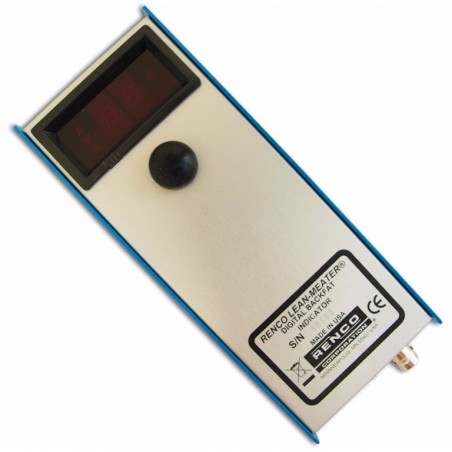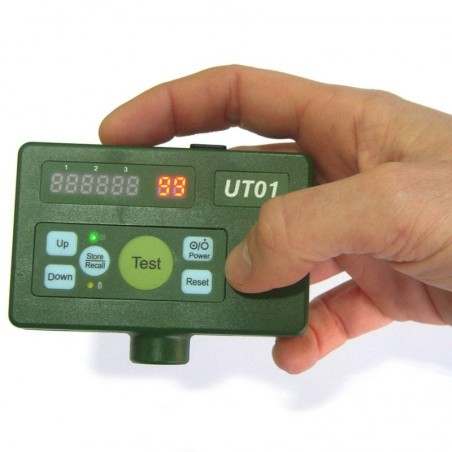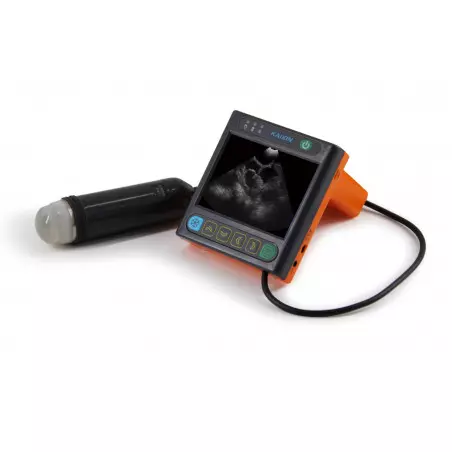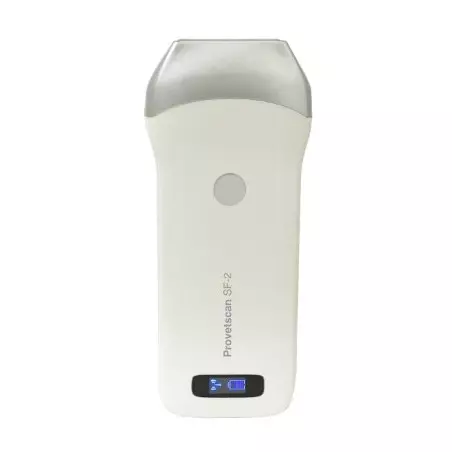Due to the soaring prices of conventional feedstuffs it is vital to consider alternative feed sources to ease the demand for conventional feeds while positively regulating pork quality. To reduce feed cost while favoring consumer choice and preferences, utilization of leguminous trees such as Vachellia leaves is essential. To date, most of the studies have focused on growth performance, ignoring pork quality attributes. However, polyphenols from Vachellia tortilis could have a direct impact on pork fatty acids. For this reason, the influence of Vachellia tortilis leaf meal (VTLM) on fatty acid profile of pork is still unknown. Therefore, the aim of the present study was to determine the relationship between VTLM inclusion levels against carcass characteristics and fatty acid composition of pork. For that purpose, 48 male Large White × Landrace finishing pigs with a mean BW of 63.6 ± 0.73 kg aged 14 weeks were used. Pigs were allocated to individual pens in a completely randomized design and were allotted to six experimental diets containing 0, 30, 60, 90, 120, and 150 g/kg dry matter of VTLM. Each diet was offered ad libitum with fresh water to eight pigs in individual pens.
As a result, there was a linear increase in ADFI and a linear decrease in ADG and G: F with increase inclusion levels of VTLM. There was a quadratic response in intramuscular fat with increasing levels of VTLM. The inclusion of VTLM linearly decreased slaughter weight, warm carcass weight, cold carcass weight, cooler shrink and back-fat thickness. Total saturated fatty acids (TSFA) and total n-6 polyunsaturated fatty acids (PUFA) decreased linearly with increasing levels of VTLM. There was a quadratic increase in monounsaturated fatty acids (MUFA), total PUFA and total n-3 PUFA with increase inclusion of VTLM diet. The inclusion of VTLM reduced the total SFA and total n-6 PUFA while increasing the proportion of total MUFA and n-3 PUFA of pork. The optimum MUFA and total n-3 fatty were obtained at approximately 70 g/kg DM of Vachellia tortilis leaf meal inclusion level.

All in all, the inclusion level of VTLM influenced carcass characteristics and fatty acid profile by increasing intramuscular fat and monounsaturated fatty acids (MUFA), total PUFA and total n-3 PUFA with increasing inclusion level of VTLM.
Khanyile M, Mapiye C, Thabethe F, Ncobela CN, Chimonyo M. Growth performance, carcass characteristics and fatty acid composition of finishing pigs fed on graded levels of Vachellia tortilis leaf meal. Livestock Science. 2020: 104259. https://doi.org/10.1016/j.livsci.2020.104259







